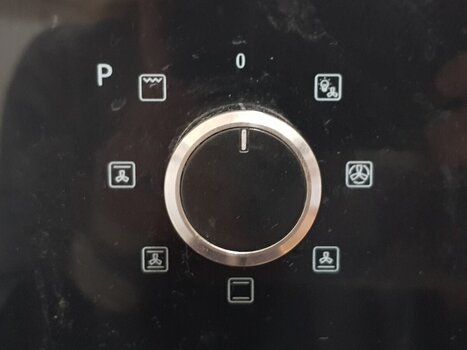MrsDangermouse
Guru
You're obviously better at finding these things than me....my Googling for induction ovens only brought up lots of induction hobs and ordinary ovens (I have to admit I didn't have time to work through all the results though). I've never come across one of these before, even when I was researching for my new oven last year - its an interesting concept. Also interesting is that it has a page on the UK Whirlpool website, but doesn't appear to be on sale here at the moment.
Reading the manual it appears to be a standard multifunction fan oven with a removable induction plate/shelf that plugs in to an electrical socket inside the oven and a steel cooking pan designed to be used on the induction shelf. Note that the photos of the ceramic dishes are on standard oven shelves rather than the induction one. As far as I can tell its a bit like cooking something in a pan on the hob, and then browning under the grill to finish (what the manual calls "top finishing"). They claim it cooks things faster which I can see could be useful, but I'd love to see some real demos of the results cooking different dishes. The only demo video I could find is this one:
View: https://www.youtube.com/watch?v=KA9ZA9bALlc
(and the pizza he produces doesn't look that great to me!), I haven't managed to find any user reviews yet.
Reading the manual it appears to be a standard multifunction fan oven with a removable induction plate/shelf that plugs in to an electrical socket inside the oven and a steel cooking pan designed to be used on the induction shelf. Note that the photos of the ceramic dishes are on standard oven shelves rather than the induction one. As far as I can tell its a bit like cooking something in a pan on the hob, and then browning under the grill to finish (what the manual calls "top finishing"). They claim it cooks things faster which I can see could be useful, but I'd love to see some real demos of the results cooking different dishes. The only demo video I could find is this one:
(and the pizza he produces doesn't look that great to me!), I haven't managed to find any user reviews yet.






 I think I'm going to interpret this as they're common, but probably not on basic ones, more on mid-range and above? Sound about right?
I think I'm going to interpret this as they're common, but probably not on basic ones, more on mid-range and above? Sound about right? )
)